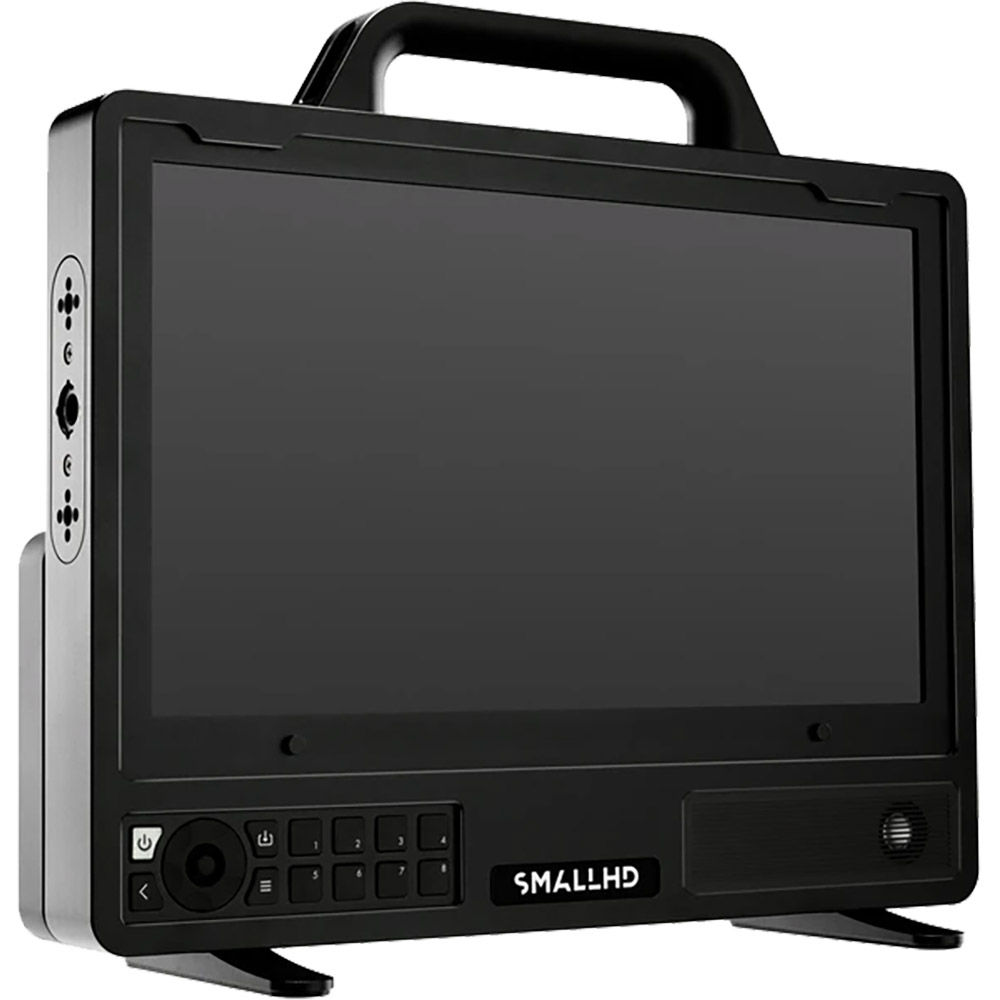

Video ports include HDMI, DisplayPort, plus there's a built-in USB 3.0 hub and 2x USB-C ports, one of which can supply up to 90w of power to an attached laptop.Īs we'd expect from a premium IPS-based monitor, the U2723QE's image quality impresses right out of the box, with excellent color vibrancy, contrast intensity, and uniformity, none of which shifts if you change your viewing angle. It also packs 10-bit color depth and an excellent 2000:1 maximum contrast ratio, all inside a smart case with ‘InfinityEdge’ ultra-thin bezels. 709 and an impressive 98% DCI-P3 color coverage, the Dell UltraSharp U2723E comes close to much pricier displays for color accuracy. Seriously cut-price screens just can't display enough colors for accurate color grading, but with 100% Rec. Sure, this screen isn't exactly 'cheap', but if you're serious about video editing, you need wide color space coverage so you're able to see as much color as possible in your footage. See also: Best monitors for MacBook Pro (opens in new tab) | Best Dell monitors The best video-editing monitors in 2023įancy similar specs to our top-spot Dell U3223QE, but in a slightly smaller package? The U2723QE is its 27-inch sibling, yet has the same 4K resolution, so is slightly sharper at close viewing distances. A minimum brightness rating of 400cd/m2 is required for basic HDR compatibility, and to be fully HDR-capable, a monitor needs to be as bright as 1000cd/m2. However, if you need to edit HDR footage, a monitor needs to be capable of displaying localized highlights very brightly. Retina-searing brightness isn't actually that desirable for prolonged editing stints - around 150cd/m2 is usually enough for most viewing environments.

DCI-P3 has a wider color gamut (more colors) and therefore you'll need to splash out on a higher-quality display if you want near-full reproduction of this color space. Ensure your chosen monitor can display as close to 100% of the colors in these recording standards as possible. High-definition digital video is now recorded in two main color standards: Rec.

Built-in hardware color calibration is also desirable for ensuring that accuracy is maintained throughout the life of the monitor. Color accuracy is also paramount - look for a display that has an advertised color accuracy, preferably a factory-calibrated model with an accuracy tolerance of less than Delta E 2.

Resolution is only a small factor in picking a quality monitor.


 0 kommentar(er)
0 kommentar(er)
